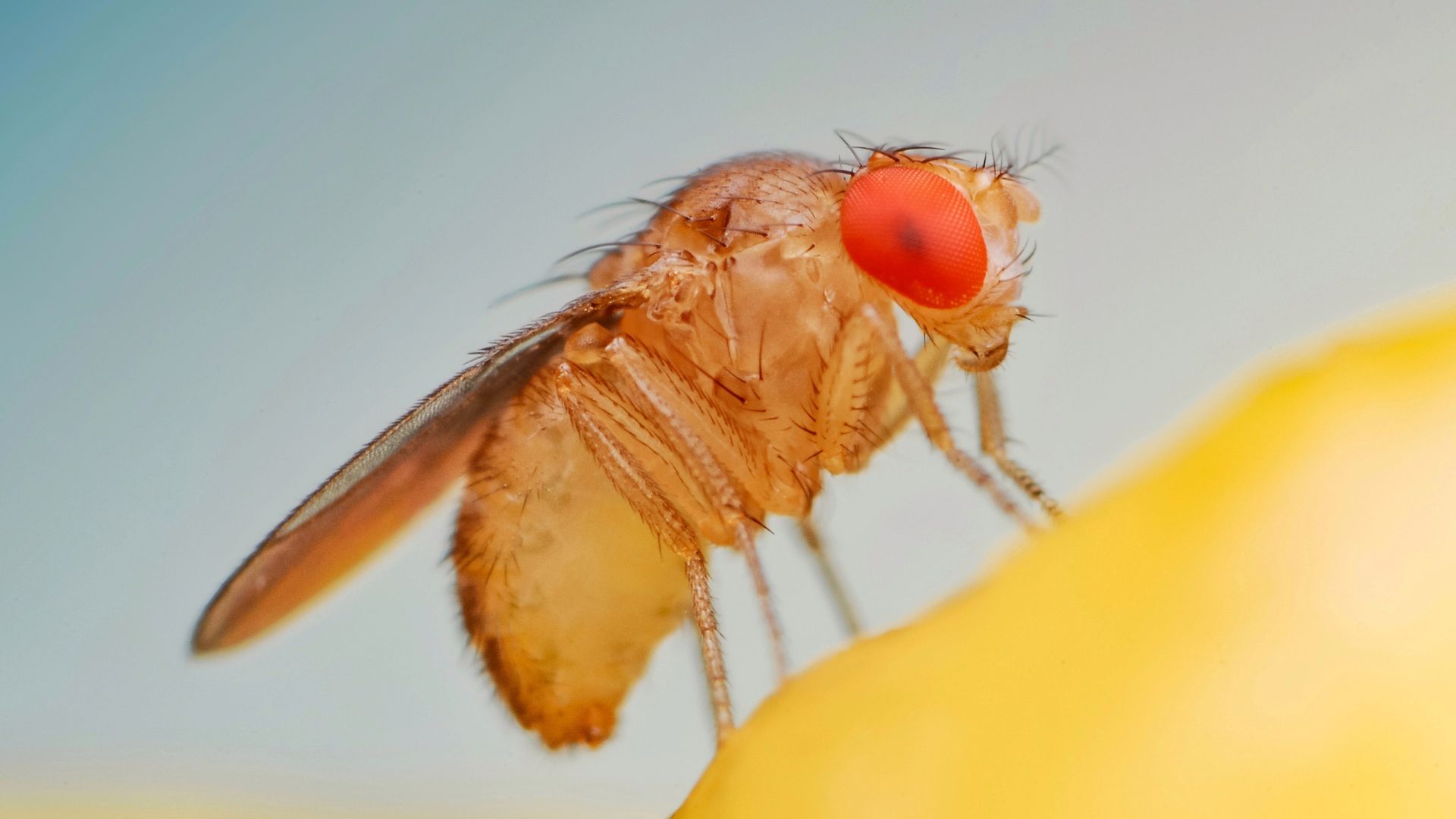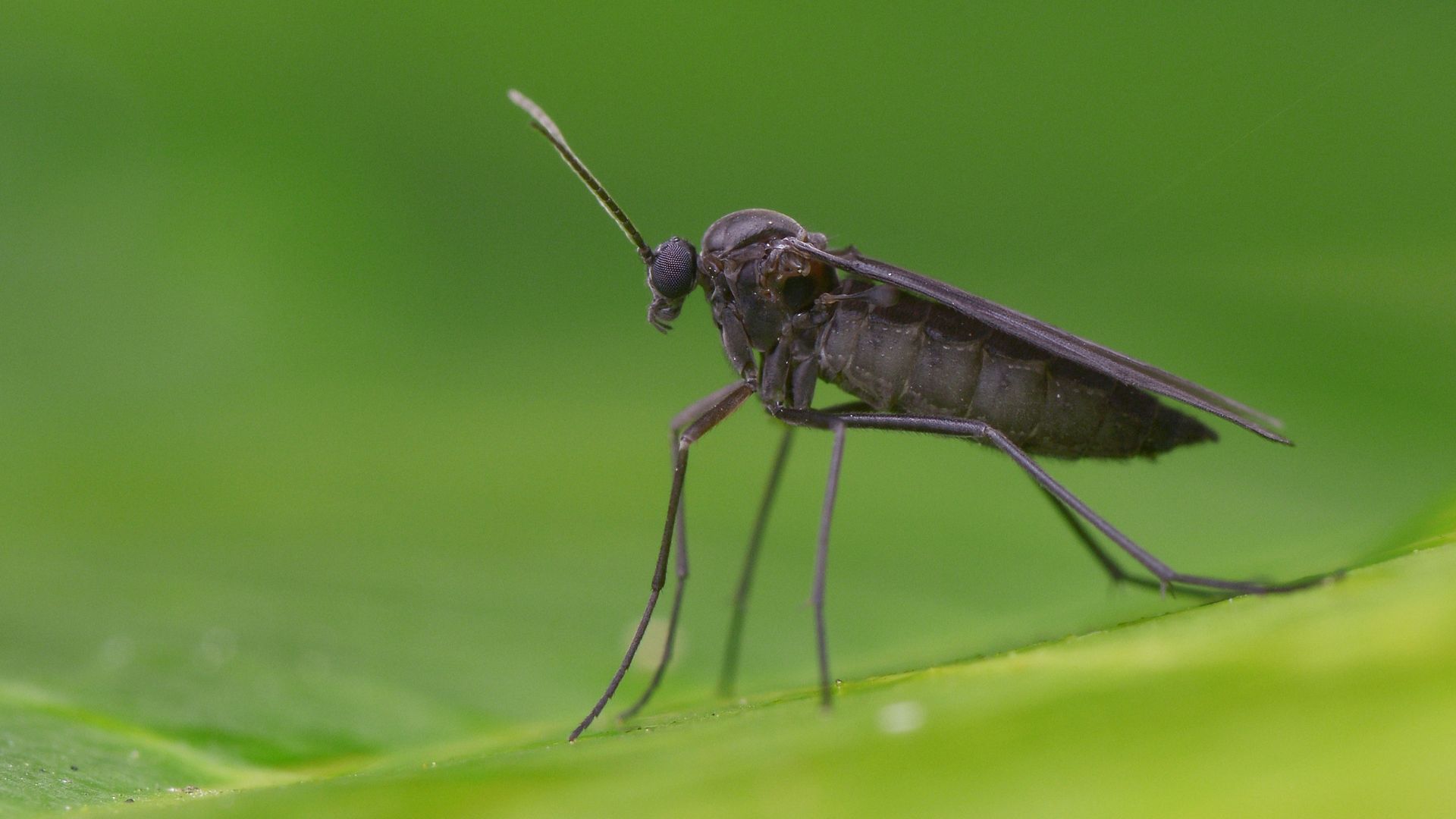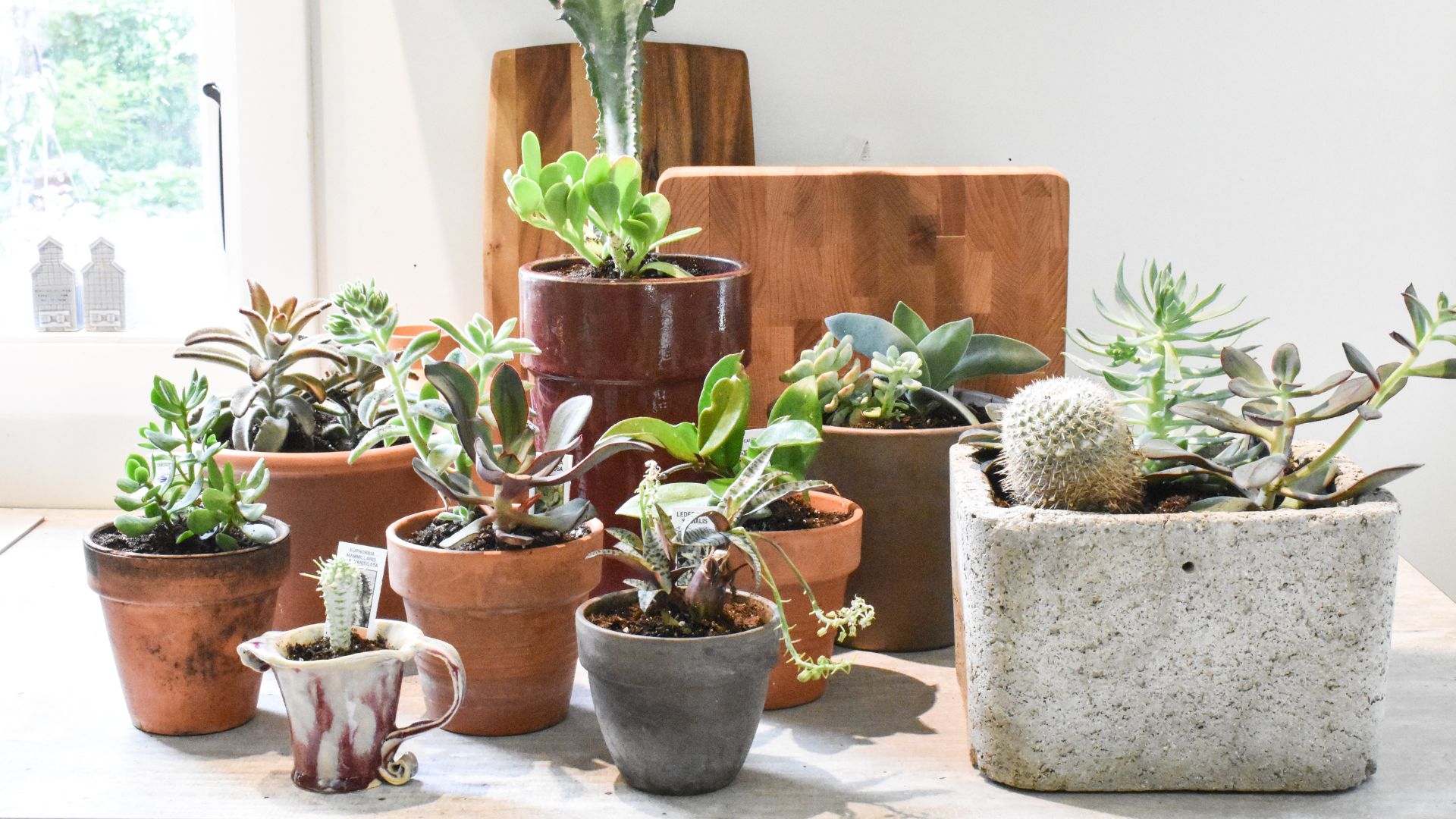Fungus gnats are small flies that infest soil, potting mix, and other sources of organic decomposition. The larvae feed on fungi and organic matter in soil, but may also feed on roots of potted houseplants in and around your home. Outdoors, fungus gnats provide beneficial services by decomposing organic matter and helping cycle nutrients in the soil. They are also pollinators and a food source for wildlife and other insects. But when you have fungus gnats in houseplants, they can become a nuisance.
They favor moist soils that are high in organic matter and can enter your home from infested plants brought indoors or newly purchased plants. There is conflicting information on fungus gnat control including a number of home remedies. Some offer a measure of control and some do not. This article explores the identification, habits, and management tips to keep fungus gnats out of your home–including a very simple treatment plan. Even though they can be challenging to control, with a little persistence and understanding of their life cycle, you can keep them out of your plants and home.
Fungus Gnats or Fruit Flies
Do you have fruit flies, fungus gnats, or both?
Both pests are tiny, about one-eighth of an inch long, but there are differences in life cycles, where they live, food preferences, prevention, and control methods.
Fungus gnats develop through four stages: egg, larvae, pupa, and adult. They do not bite people or pets and are not known to carry human pathogens. What you see are the adults flying around the house, but it’s the larvae they produce that damage your potted plants. There are different control measures for adults and different controls for larvae. Fungus gnats do not feed during the pupa stage.
While both pests are similar in size, fruit flies resemble a small version of a house fly with large eyes. Fungus gnats more closely resemble a mosquito having longer bodies and very small eyes. Fungus gnats also have long hind legs.


Notice where the adults gather:
- Fruit flies will be seen near their food source, overripe fruits or rotting food in trashcans.
- Fungus gnat adults will be found more often around your potted plants and light sources. They are not great fliers and tend to stay in close proximity to your plants.
One of the easiest ways to detect and identify fungus gnat adults (or other flying pests) is by using sticky traps. These traps consist of yellow pieces of cardstock or plastic covered in a sticky coating. The adults are attracted to the yellow color of the cards and stick to the coating. Put the traps below the leaves or near the perimeter of your container. Sticky traps will not catch larvae but will help reduce the adult population.

Adult fungus gnats do not feed on plants. They only live 7-10 days and their main purpose is reproduction. Adult females deposit anywhere from 30-200 eggs on the surface of moist soil or moist organic debris or near the stem of a plant. Eggs hatch and larvae begin feeding within 4-6 days and feed for about two weeks on organic matter on or in the soil. They mainly eat organic matter, but may also cause damage by feeding on the roots of your plant or the stems of seedlings near the surface of the soil.
With severe infestation, plants become stressed and may show signs of wilting or dropping leaves. Larvae are usually located within the top 2-3 inches of soil but may be lower in the container. The larvae have translucent legless bodies and shiny black heads. They stop eating after 14 days and begin their pupal stage, emerging as adults 4-6 days later. The females can mate shortly after emerging to repeat the cycle again.

Here’s a tip for larvae detection: Cut a ¼ inch slice of raw potato and place it on the potting mix. Larvae will come to feed on the potato. Check the underside of the potato slice within a few days for feeding larvae and dispose of it.
If you determine you have fruit flies, fill a bowl with apple cider vinegar and add a few drops of dish soap. Fruit flies will be attracted to the smell of the mixture and land in it, but cannot escape.
Note: This technique has a minimal–if any–effect on fungus gnats. Do not water your plants with any solution containing vinegar.
Fungus gnats outdoors can be a nuisance but generally don’t require human intervention. A healthy, balanced ecosystem will naturally keep them in check.
How to Prevent Fungus Gnats in Houseplants
Carefully review plants prior to bringing them into your home. This applies both to plants you’re examining at a store and any plants you already own that may spend part of the year outdoors.
If you see adult fungus gnats in the plant, either purchase elsewhere or isolate the plant when you bring it home and follow treatment protocols to kill and control the fungus gnats before placing it near any of your other indoor houseplants.
The primary cause of fungus gnats is over-watering plants and/or stagnant water sitting in plant trays. This over-watering causes fungi to grow in or on the potting soil, which fungus gnats thrive on. Dry soil is unattractive to egg-laying adults because it is detrimental to eggs and larvae in the soil.
To prevent over-watering:
- Make sure your houseplant containers have proper drainage and you water them appropriately. Water only when needed depending on specific plant needs. Use a moisture meter to determine when to water.
- Watering from the bottom is often recommended but is best for larger containers with a soil depth greater than 10 inches.
- Smaller pots are more difficult to keep the top few inches of soil dry without drying out the roots as well. Let the top few inches of soil dry between waterings when watering plants from the top.
- Frequently empty water from plant saucers so it does not become stagnant.
Repot any plants that have old potting mix. As potting mix break downs, it contains more organic matter that’s attractive to fungus gnats larvae while also retaining more soil. You should repot into a well-draining mix. Keep any unused potting media tightly sealed.

Remove other sources of organic matter that larvae feed on, such as dead and decaying leaves, stems, flowers, or branches. Keep plants clean by removing these, especially around the base of the plant.
Some houseplant parents like to put a layer of sand on top of their potting soil. Adult fungus gnats lay eggs in moist areas, so the dry surface will prevent them from doing so. If you go this route, you’ll need a heavy layer of sand and should remove potting soil from your container prior to adding it. Be careful to not disturb shallow-rooted plants. A layer of sand will act similarly to mulch, reducing the amount of water that naturally evaporates out of the soil and leading to your potting mix retaining water longer. It’s easy to create an over-watering scenario with this technique, so be careful and vigilant. And sand to potting mix that already has fungus gnat eggs and larvae will not help.
Researchers at Kansas State University performed a test to determine if Bounce® original scent dryer sheets repel adult fungus gnats and found that the linalool compound in the dryer sheets does help keep them away. You can place the dryer sheets around your pots or on top of the soil, though this method won’t repel all adults and doesn’t seem to have any impact on fungus gnat eggs and larvae.

How to Kill Fungus Gnats in Houseplants
If your houseplants have fungus gnats, it’s important to understand the fungus gnat lifecycle to effectively treat the infestation.
Female fungus gnats lay their eggs on the surface of your soil or potting medium, but they may be underneath plant debris such as dead leaves. They hatch into larvae, which live within the soil. Larvae will eat the roots or bulbs of your houseplants, causing damage to the plant’s health. Larvae develop into pupae, then reemerge a few days later as adult fungus gnats, ready to lay eggs and begin the cycle again.
The primary reason fungus gnats are difficult to kill and control is because of how much of their life is spent in the soil.
To get rid of fungus gnats, follow these steps:
- Isolate infested plants away from any uninfected ones.
- Remove your plant from its pot. Throw away the old soil. Review the container you’re using. Does it have adequate drainage? It may need to be swapped out.
- In addition to being annoying and eat your plants, fungus gnats can spread plant diseases. If your infestation is new and/or relatively small, making the risk of disease low, gently rinse your plant with water to wash away potential eggs, larvae, or pupae that may be in the roots, stems, or leaves. Don’t do this if you think you may have plant disease because the water will spread it to other areas of the plant.
- Thoroughly spray the roots, stems, and leaves of your houseplant with Earth’s Ally Insect Control. You want to saturate the plant using the mist setting on your bottle or sprayer. If the plants are exposed to high heat, do not apply in temperatures over 90 degrees Fahrenheit.
- Repot using fresh soil. You can also spray the surface of the potting soil with Earth’s Ally Insect Control. Please note that the formula is a foliar spray and it should not be applied as a root drench. Always carefully read pesticide labels and only use them in the manner prescribed.
- Continue to spray the plant and surface of the soil every 3-5 days until the fungus gnats are irradicated, then move to a preventative schedule of once every 7 days. Simultaneously, implement the prevention methods listed above.
Because of how challenging fungus gnats are to get rid of, you may need to repeat these steps multiple times to completely solve the problem. However, once you’ve gotten rid of them and fixed the underlying issues that invited them in, fungus gnats are easily kept away with the listed preventative measures.
We’d love to hear how you’re using Earth’s Ally Insect Control! Share your experience and stay connected with the #EarthsAlly community on Facebook, Instagram, and Twitter for access to our latest blog posts, giveaways, and exclusive promotions.
